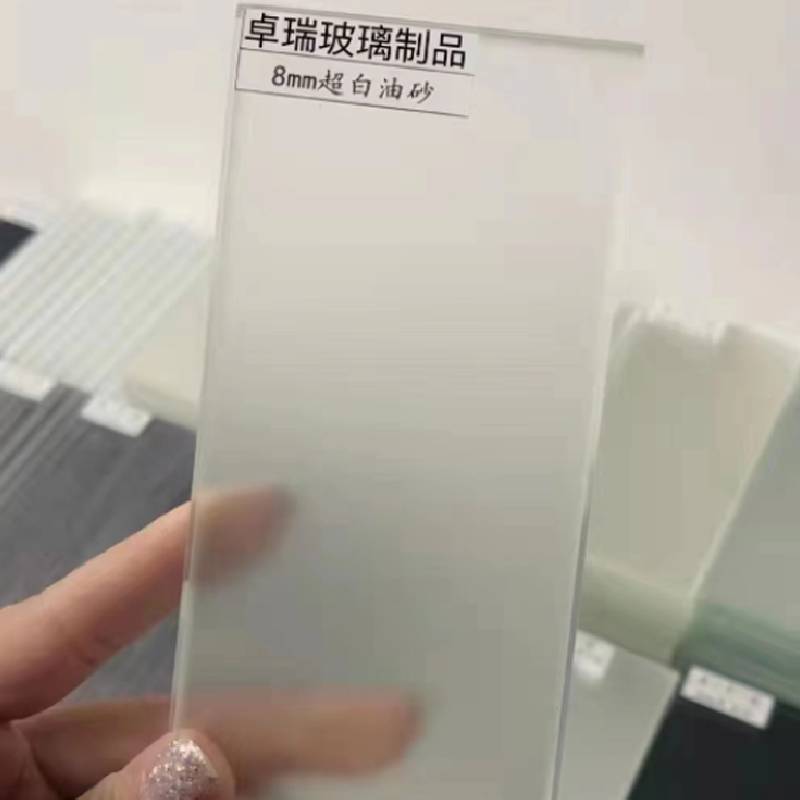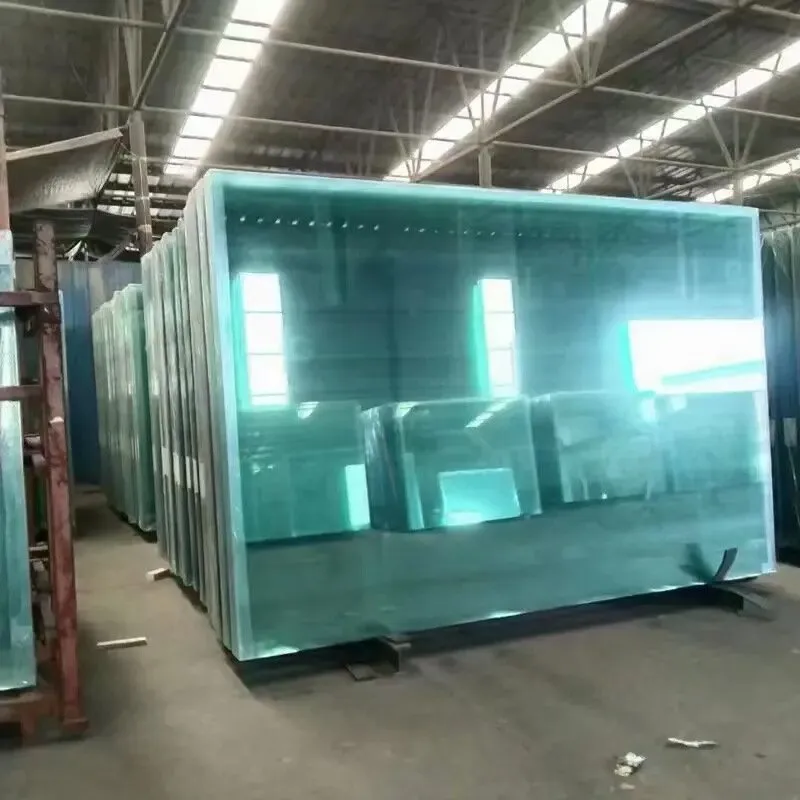Laminated glass and tempered glass are two innovative products that have significantly transformed the construction and automotive industries. A deep understanding of these materials enhances decision-making concerning their application in various projects.

Laminated glass, recognized for its exceptional safety characteristics, consists of two or more layers of glass bonded with an interlayer, typically made of polyvinyl butyral (PVB) or ethylene-vinyl acetate (EVA). This interlayer acts as a formidable barrier, ensuring that even if the glass breaks, it remains adhered to the interlayer, preventing the detachment of dangerous shards. This feature renders laminated glass ideal for automotive windshields and architectural designs where impact resistance is crucial.
The expertise surrounding laminated glass is profound. Its acoustic properties are unparalleled, effectively dampening noise and making it highly sought after in urban constructions that require noise mitigation. Furthermore, its UV-filtering capabilities provide added protection against harmful sun rays, preserving the longevity of interior furnishings and reducing energy costs associated with cooling.

Tempered glass, on the other hand, undergoes a thermal tempering process that enhances its strength and thermal resistance. This makes it nearly five times stronger than ordinary glass, a testament to its resilience and durability. One of the most frequently cited advantages is its safety profile; when shattered, tempered glass disintegrates into small granular chunks rather than jagged shards, minimizing injury risks. Consequently, it is extensively used in areas where human impact is likely, such as in glass doors, shower enclosures, and storefronts.
From an authoritative standpoint, tempered glass's thermal resistance makes it an optimal choice for environments exposed to extreme temperature fluctuations. Thus, it is commonly employed in oven doors, refrigerator shelves, and sunroofs in vehicles.
laminated glass and tempered glass
Despite their distinctive attributes, a comparative analysis between laminated and tempered glass is essential for informed material selection. Laminated glass excels in applications demanding security and soundproofing, often used in skylights, balustrades, and hurricane-resistant windows due to its ability to remain intact upon impact. On the contrary, tempered glass's quick installation and visual clarity make it preferable for projects emphasizing aesthetics and load resistance.
Trustworthiness in sourcing laminated and tempered glass is critical. Reputable manufacturers adhere to stringent production standards, such as those set by the American Society for Testing and Materials (ASTM) and the International Organization for Standardization (ISO). These standards ensure not only the durability and safety of the glass but also its environmental impact and quality assurance.
To leverage the maximum potential of both types of glass, collaboration with accredited experts and architects leads to more innovative and efficient integration within structures. This relationship fosters trust and facilitates projects that require precise customization and adherence to safety regulations.
In conclusion, both laminated and tempered glass advocate for advancements in safety, energy efficiency, and design flexibility. As two formidable products in the glass industry, each has distinct qualities that cater to specific project needs. Understanding their unique properties and applications ensures optimal usage and client satisfaction, placing emphasis on an informed choice that aligns with modern architectural and safety standards. This expertise is invaluable in a world increasingly veering towards sustainable and safe construction practices.
 Afrikaans
Afrikaans  Albanian
Albanian  Amharic
Amharic  Arabic
Arabic  Armenian
Armenian  Azerbaijani
Azerbaijani  Basque
Basque  Belarusian
Belarusian  Bengali
Bengali  Bosnian
Bosnian  Bulgarian
Bulgarian  Catalan
Catalan  Cebuano
Cebuano  Corsican
Corsican  Croatian
Croatian  Czech
Czech  Danish
Danish  Dutch
Dutch  English
English  Esperanto
Esperanto  Estonian
Estonian  Finnish
Finnish  French
French  Frisian
Frisian  Galician
Galician  Georgian
Georgian  German
German  Greek
Greek  Gujarati
Gujarati  Haitian Creole
Haitian Creole  hausa
hausa  hawaiian
hawaiian  Hebrew
Hebrew  Hindi
Hindi  Miao
Miao  Hungarian
Hungarian  Icelandic
Icelandic  igbo
igbo  Indonesian
Indonesian  irish
irish  Italian
Italian  Japanese
Japanese  Javanese
Javanese  Kannada
Kannada  kazakh
kazakh  Khmer
Khmer  Rwandese
Rwandese  Korean
Korean  Kurdish
Kurdish  Kyrgyz
Kyrgyz  Lao
Lao  Latin
Latin  Latvian
Latvian  Lithuanian
Lithuanian  Luxembourgish
Luxembourgish  Macedonian
Macedonian  Malgashi
Malgashi  Malay
Malay  Malayalam
Malayalam  Maltese
Maltese  Maori
Maori  Marathi
Marathi  Mongolian
Mongolian  Myanmar
Myanmar  Nepali
Nepali  Norwegian
Norwegian  Norwegian
Norwegian  Occitan
Occitan  Pashto
Pashto  Persian
Persian  Polish
Polish  Portuguese
Portuguese  Punjabi
Punjabi  Romanian
Romanian  Russian
Russian  Samoan
Samoan  Scottish Gaelic
Scottish Gaelic  Serbian
Serbian  Sesotho
Sesotho  Shona
Shona  Sindhi
Sindhi  Sinhala
Sinhala  Slovak
Slovak  Slovenian
Slovenian  Somali
Somali  Spanish
Spanish  Sundanese
Sundanese  Swahili
Swahili  Swedish
Swedish  Tagalog
Tagalog  Tajik
Tajik  Tamil
Tamil  Tatar
Tatar  Telugu
Telugu  Thai
Thai  Turkish
Turkish  Turkmen
Turkmen  Ukrainian
Ukrainian  Urdu
Urdu  Uighur
Uighur  Uzbek
Uzbek  Vietnamese
Vietnamese  Welsh
Welsh  Bantu
Bantu  Yiddish
Yiddish  Yoruba
Yoruba  Zulu
Zulu 


